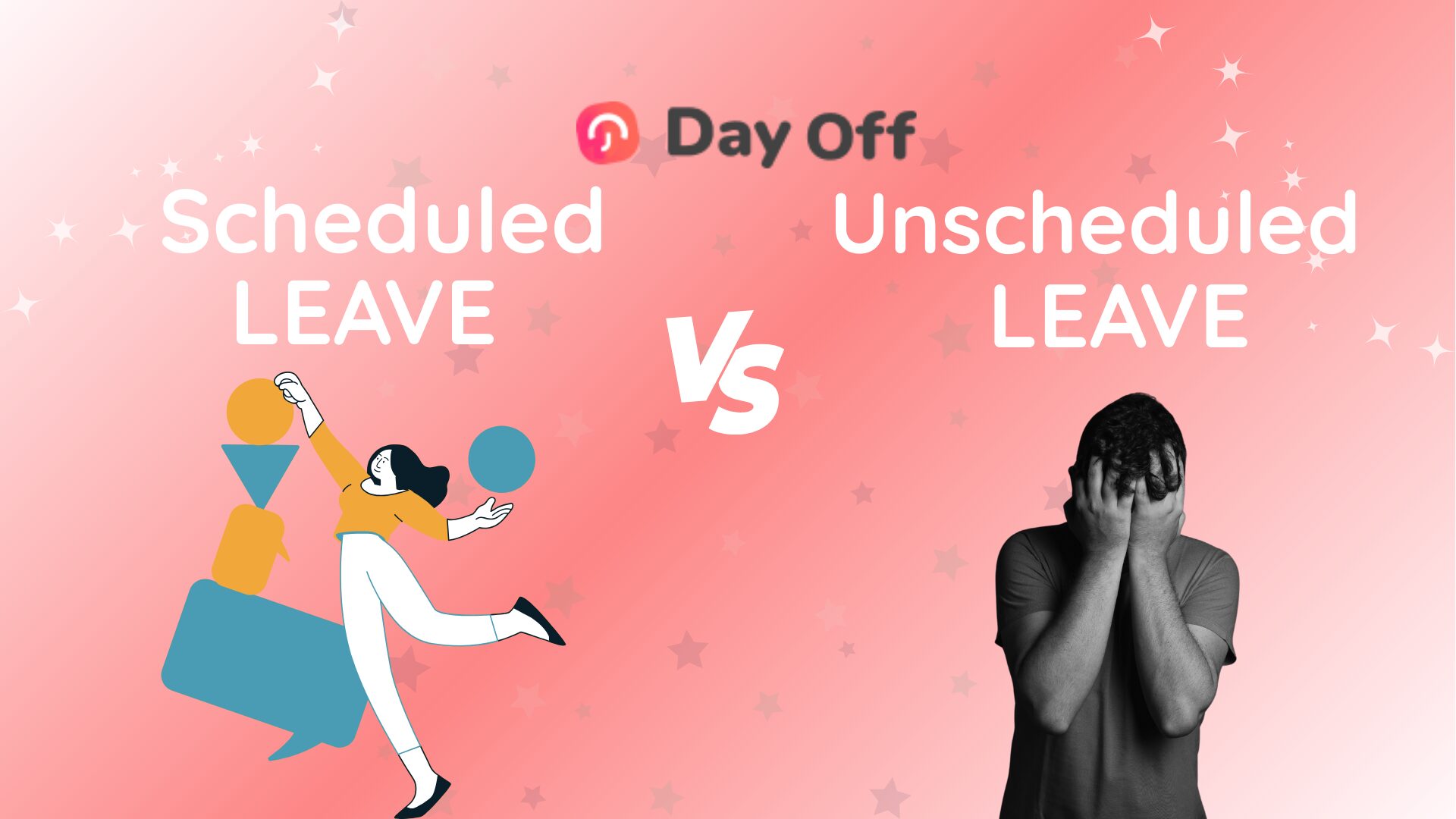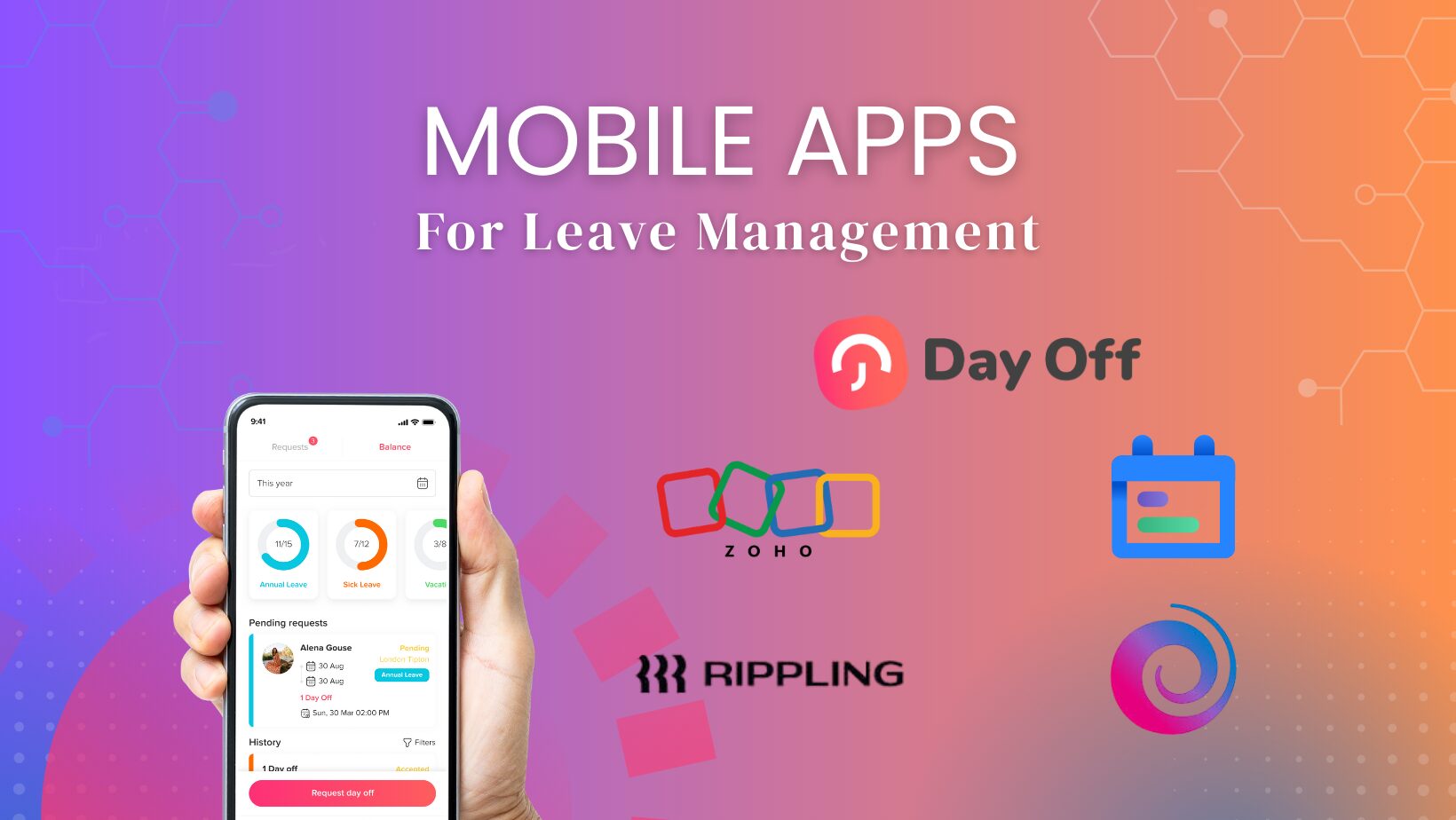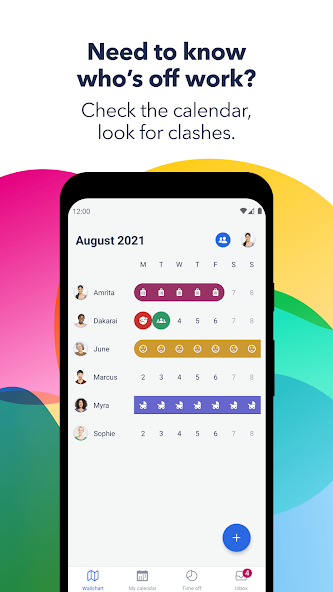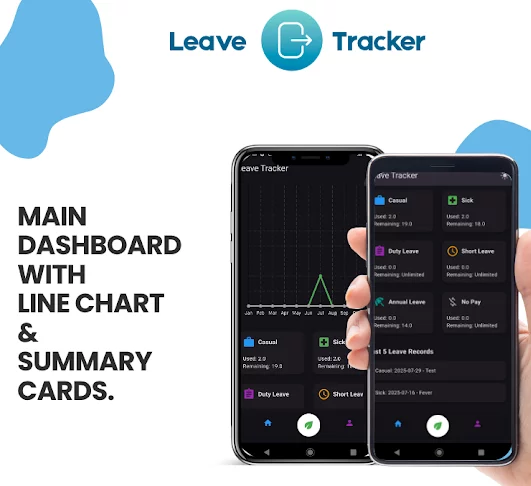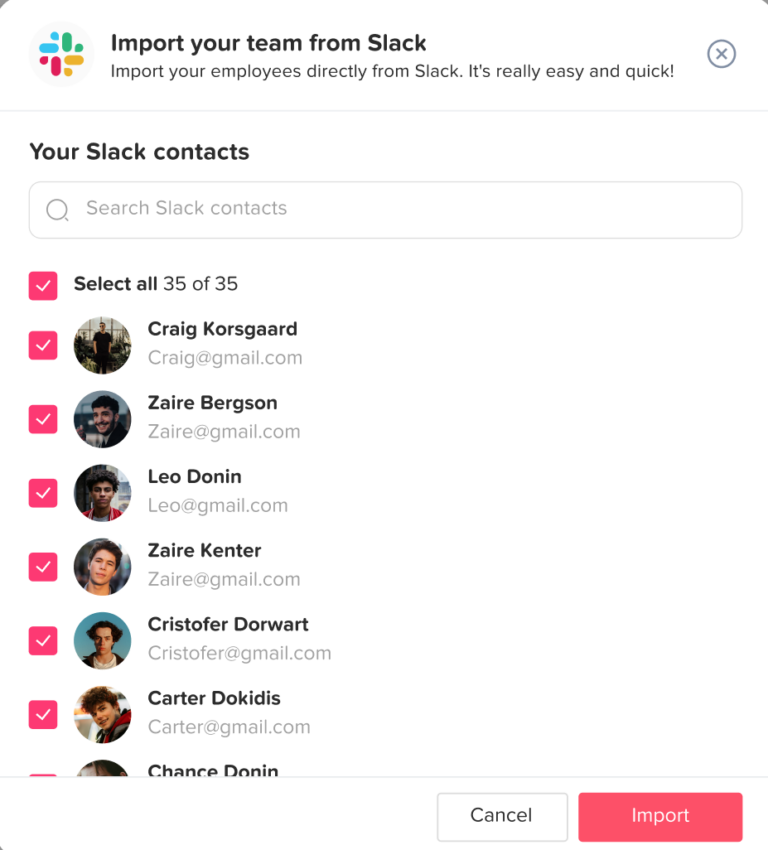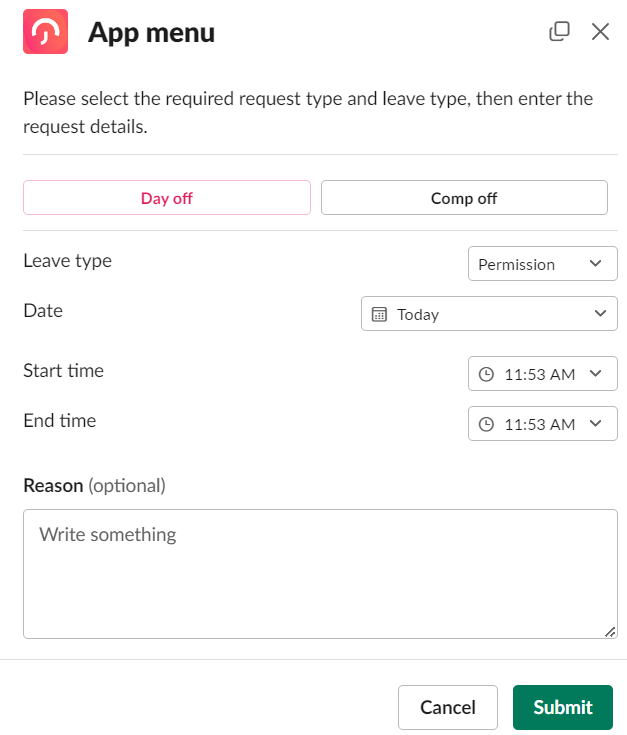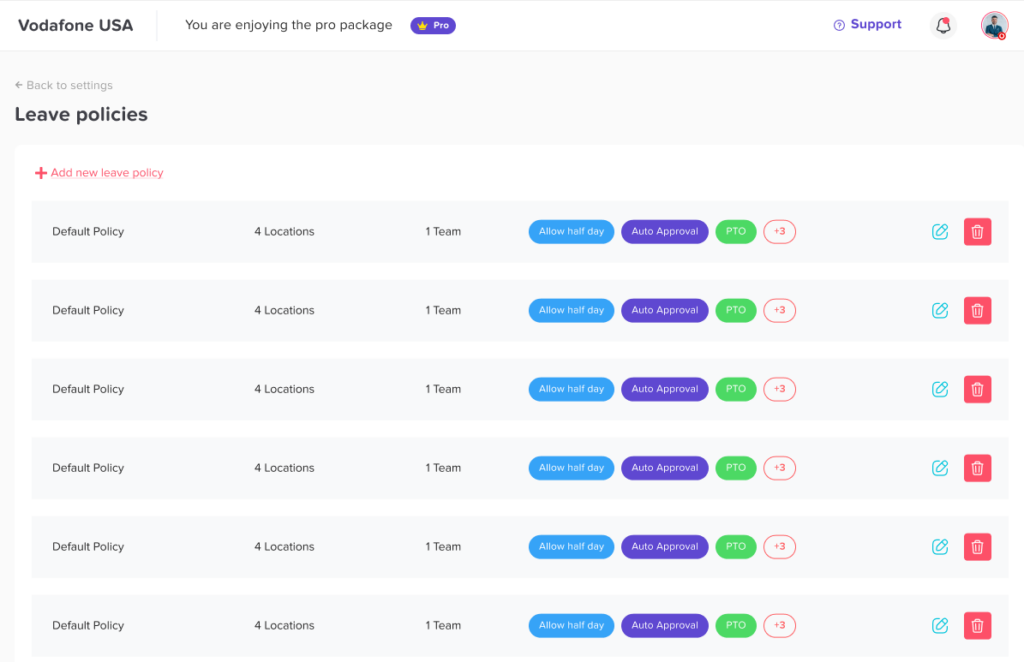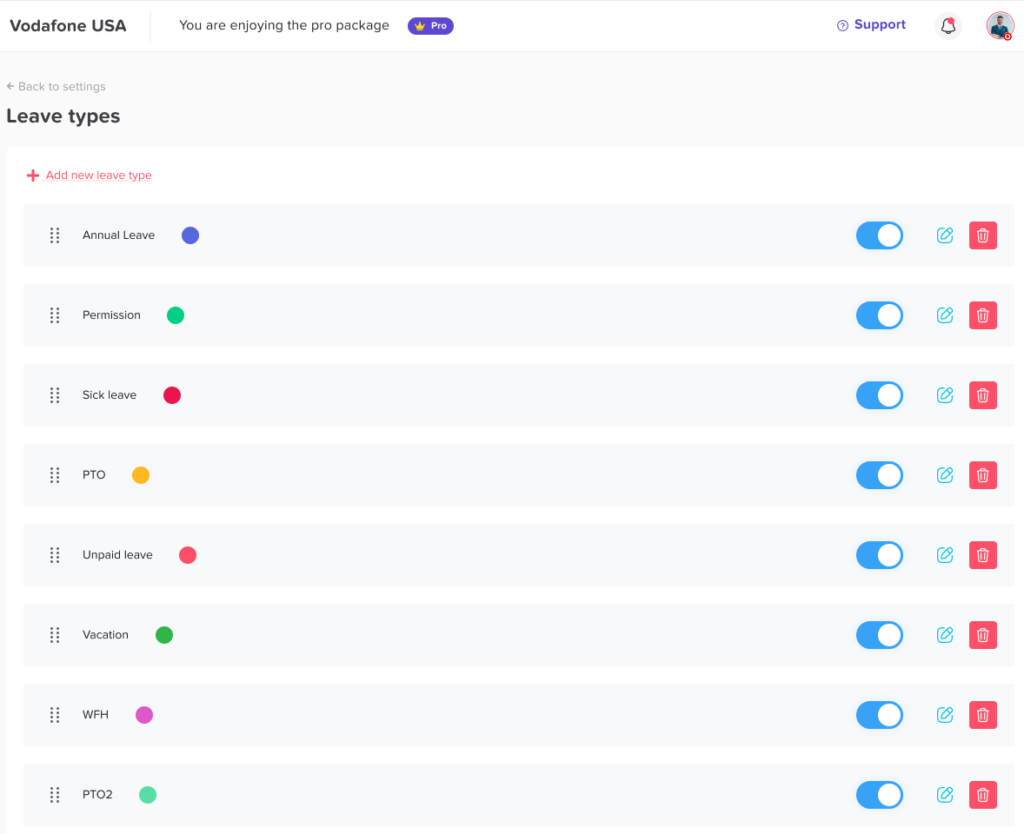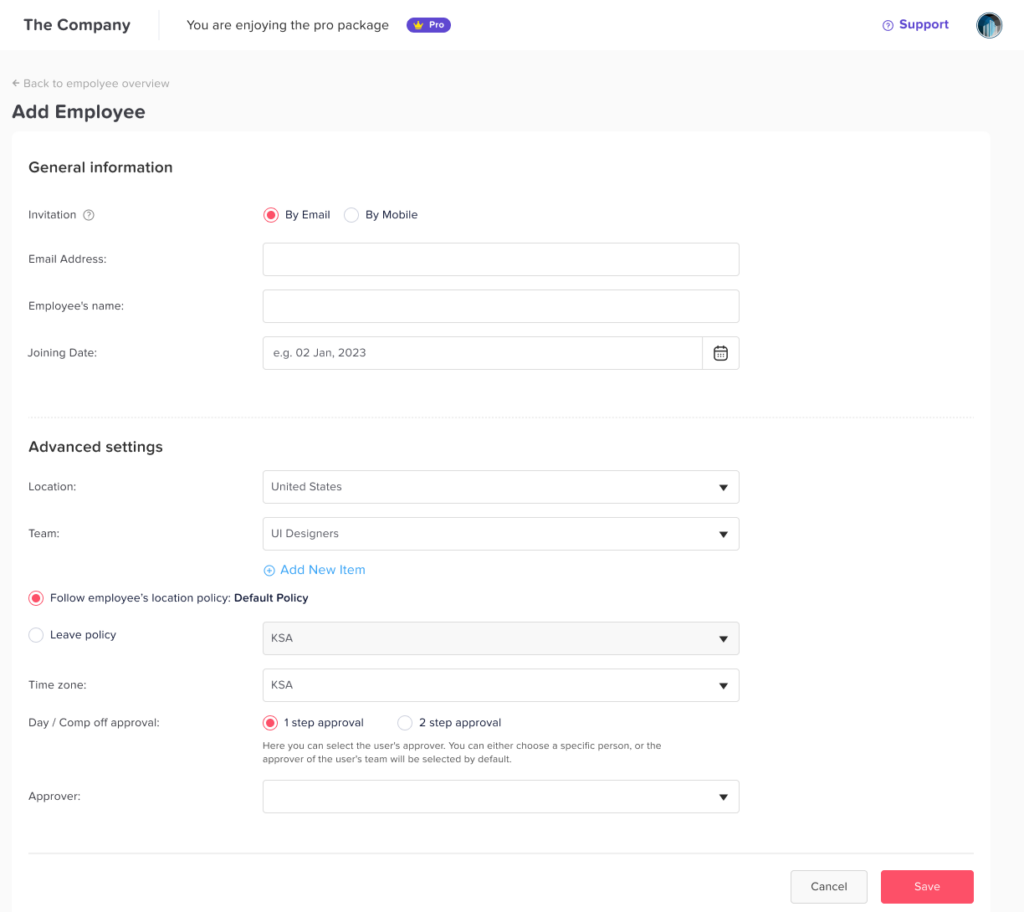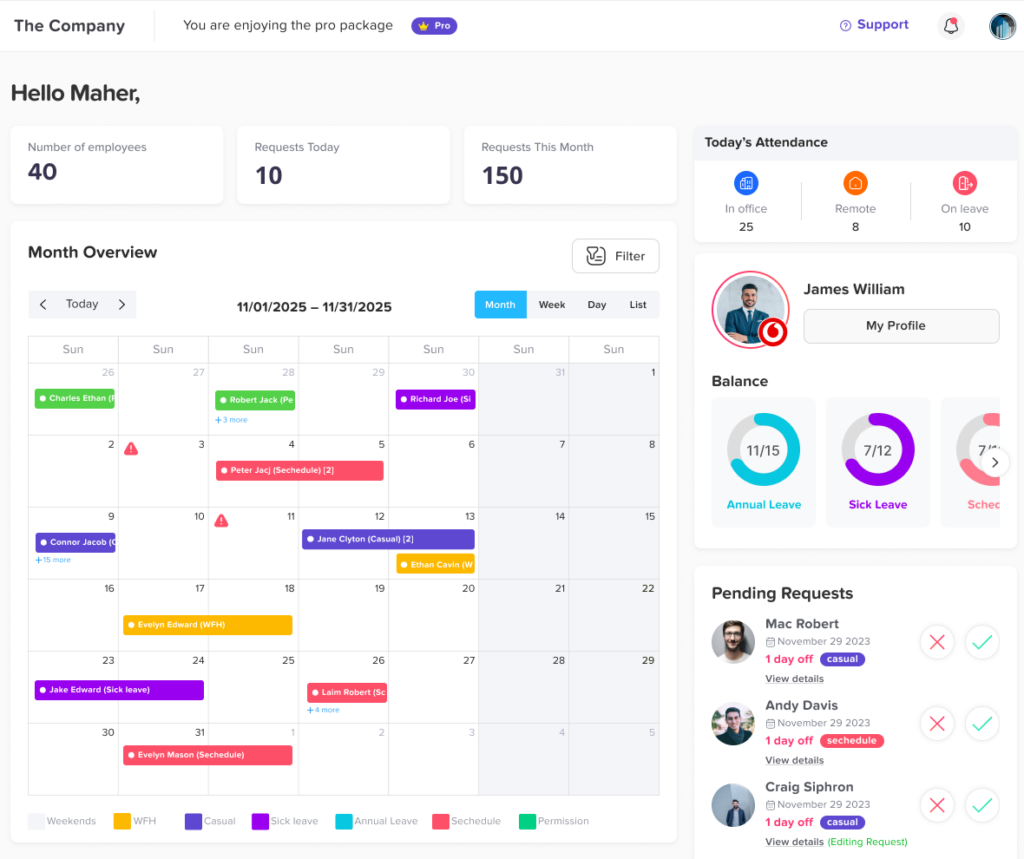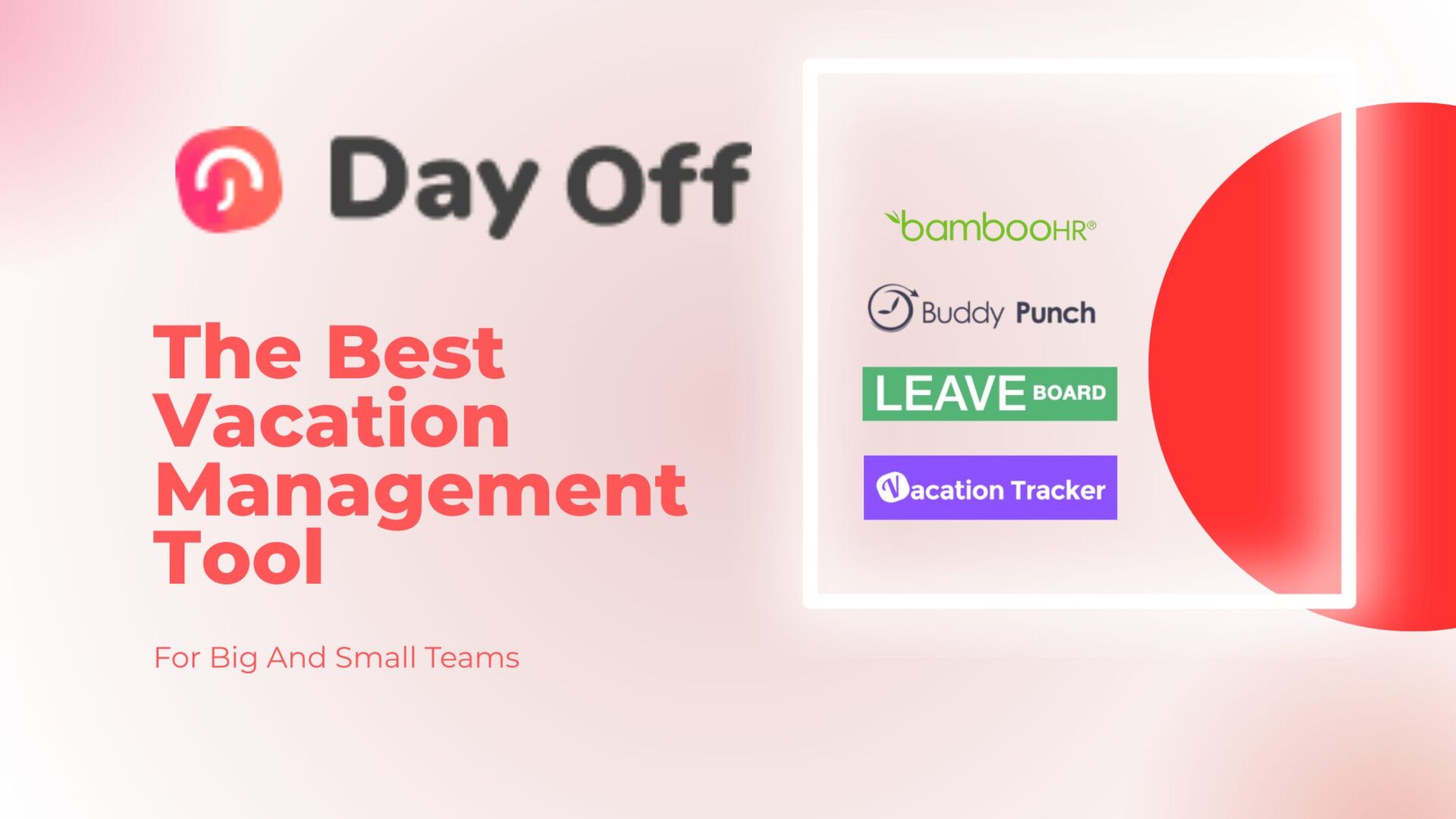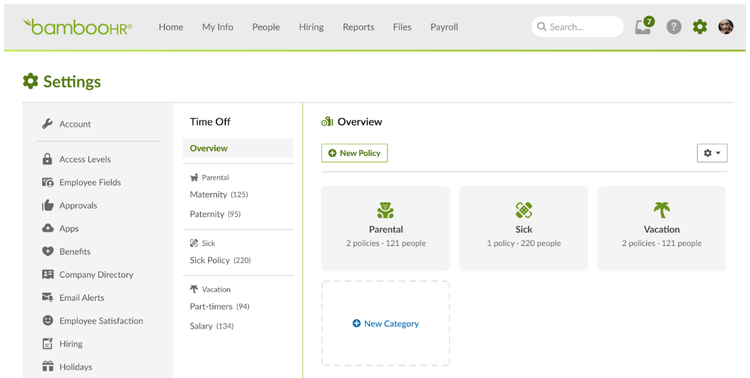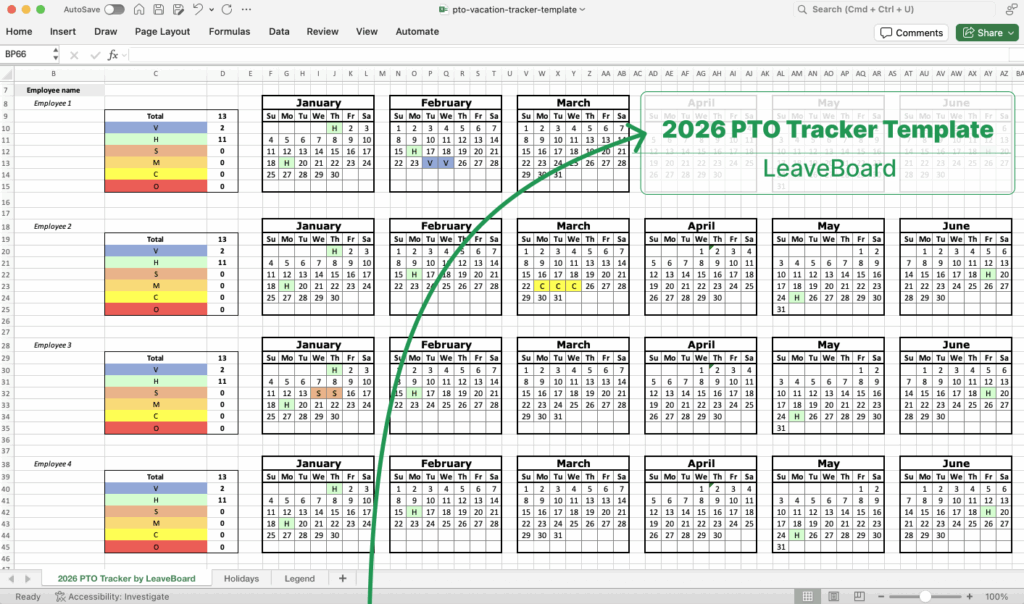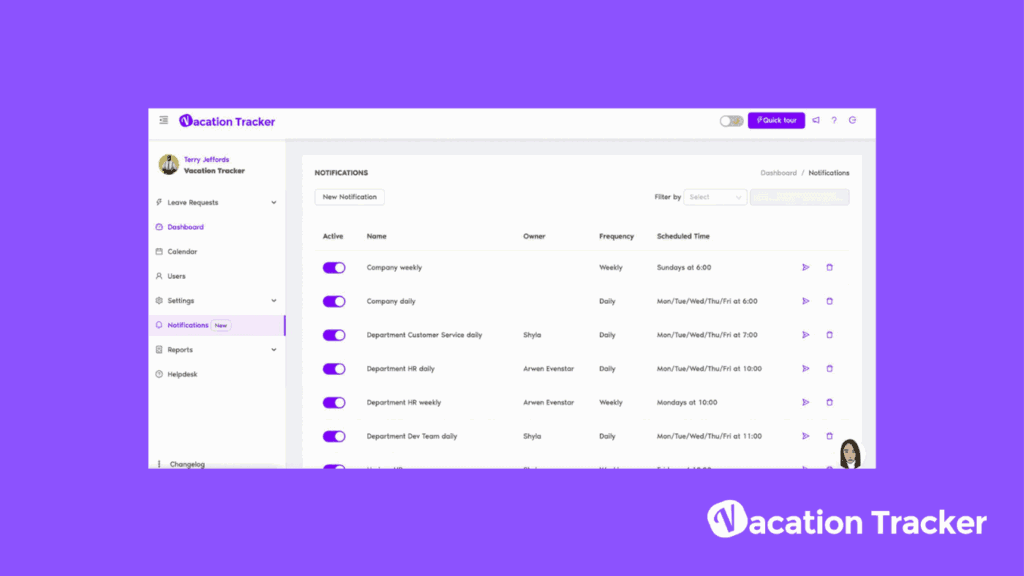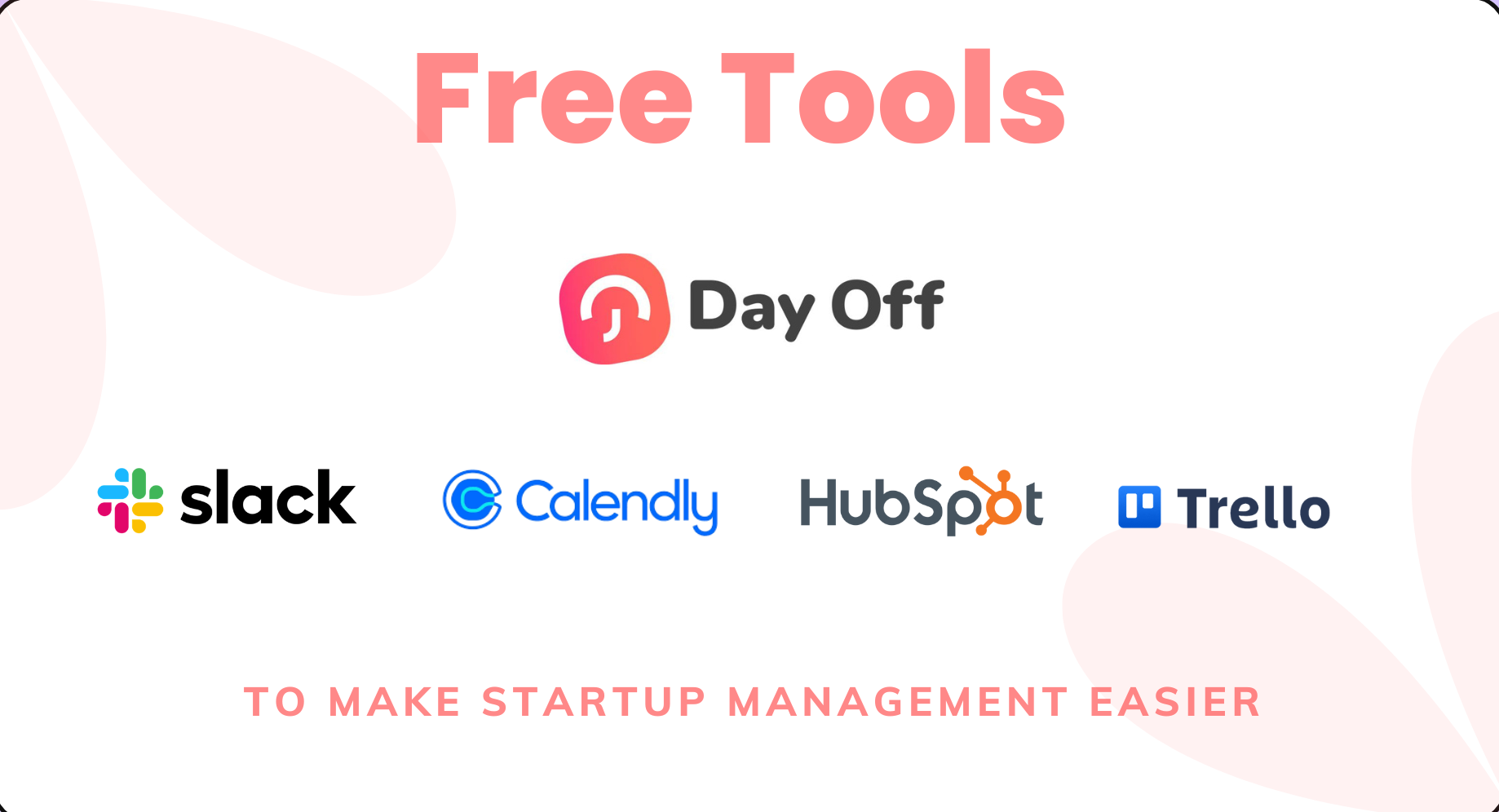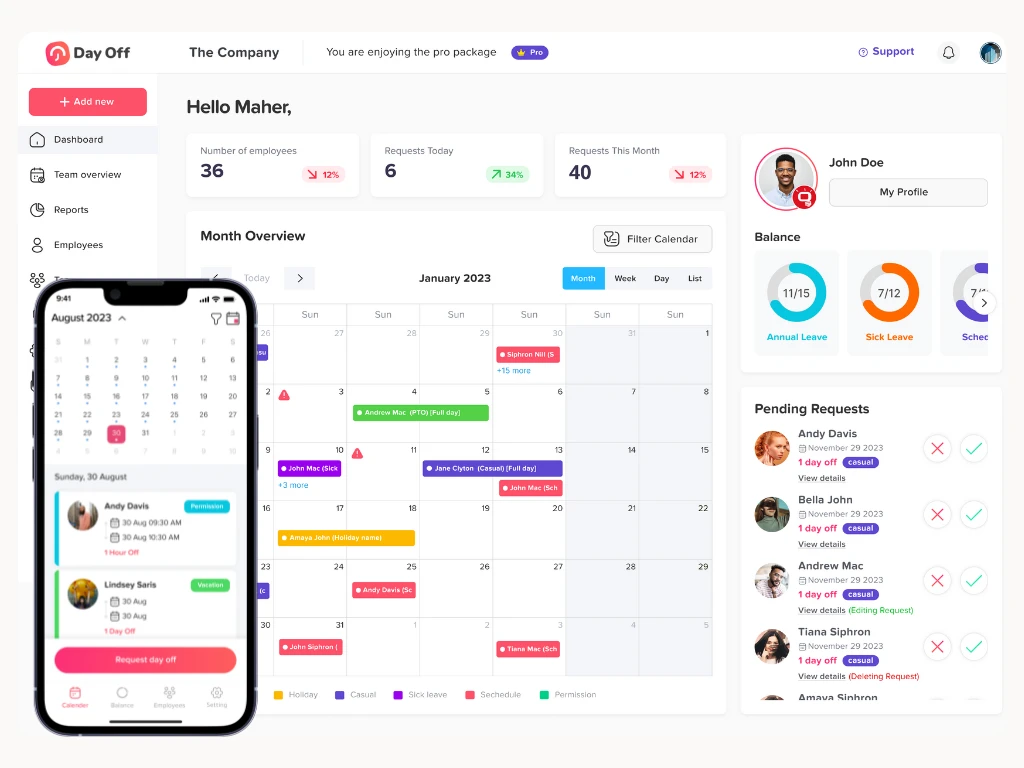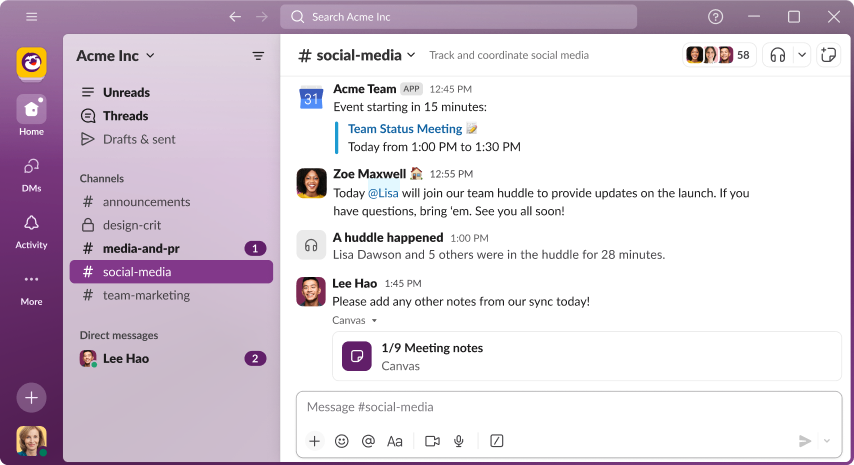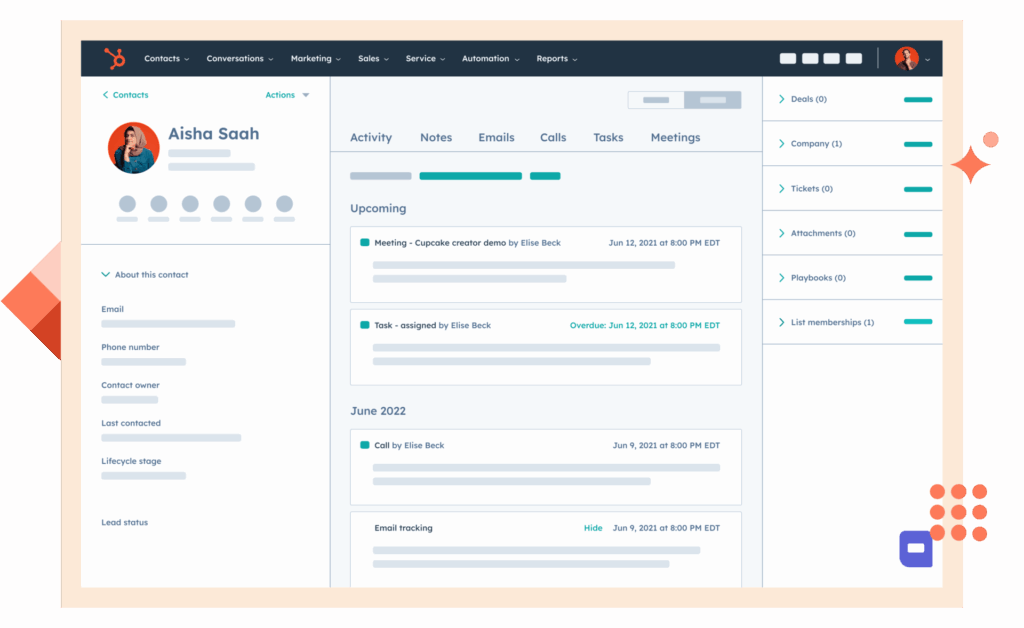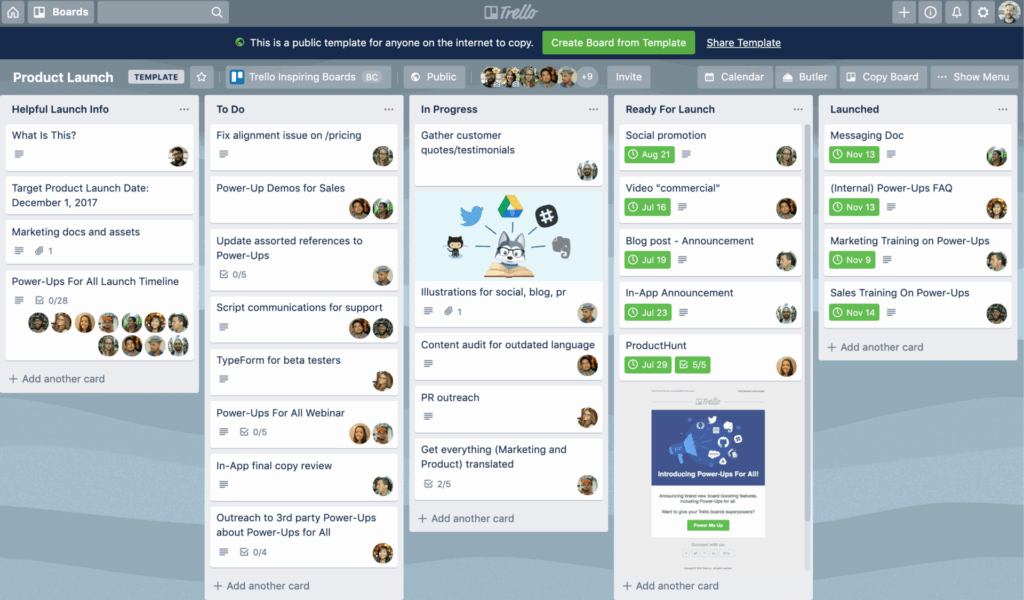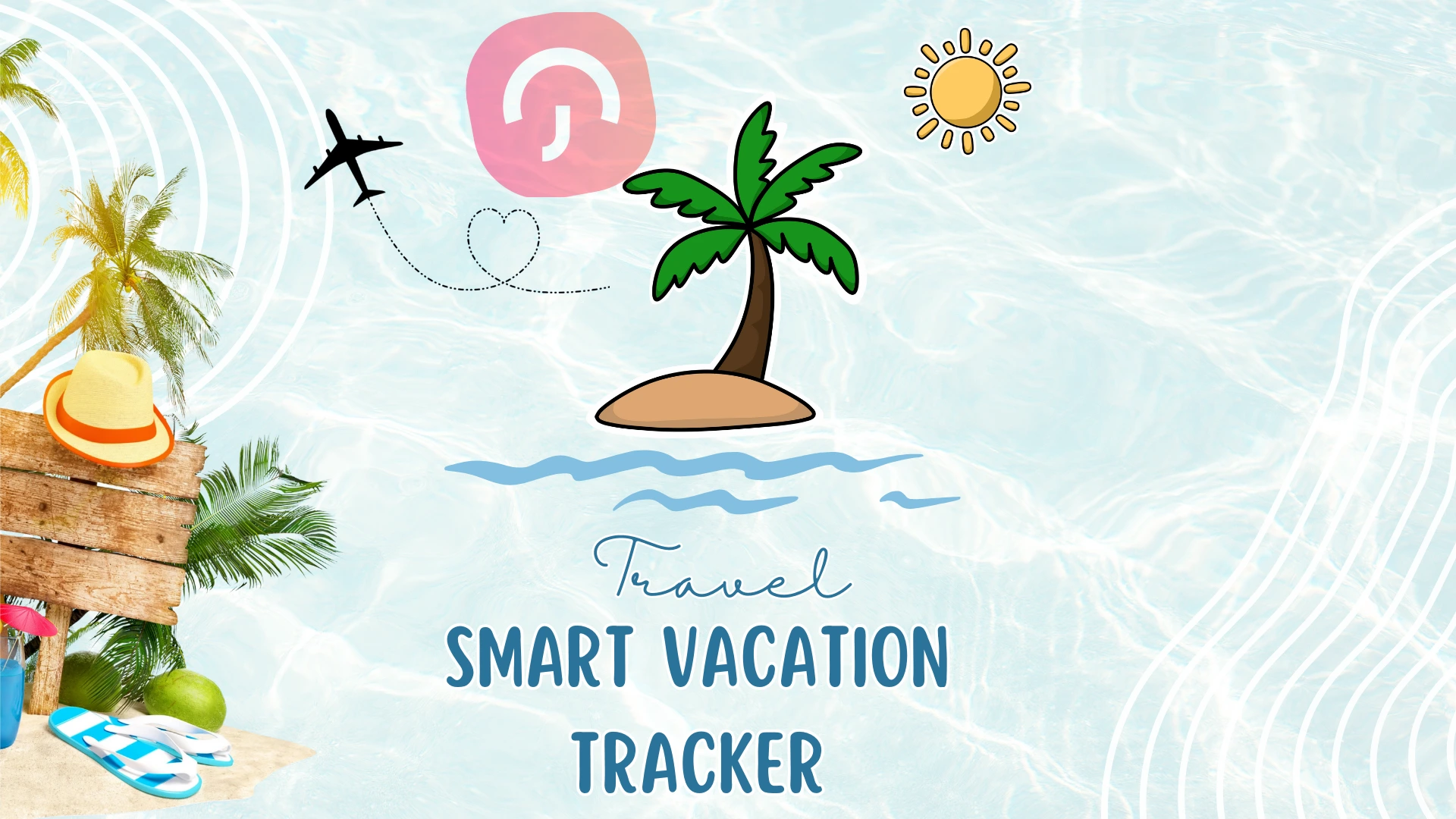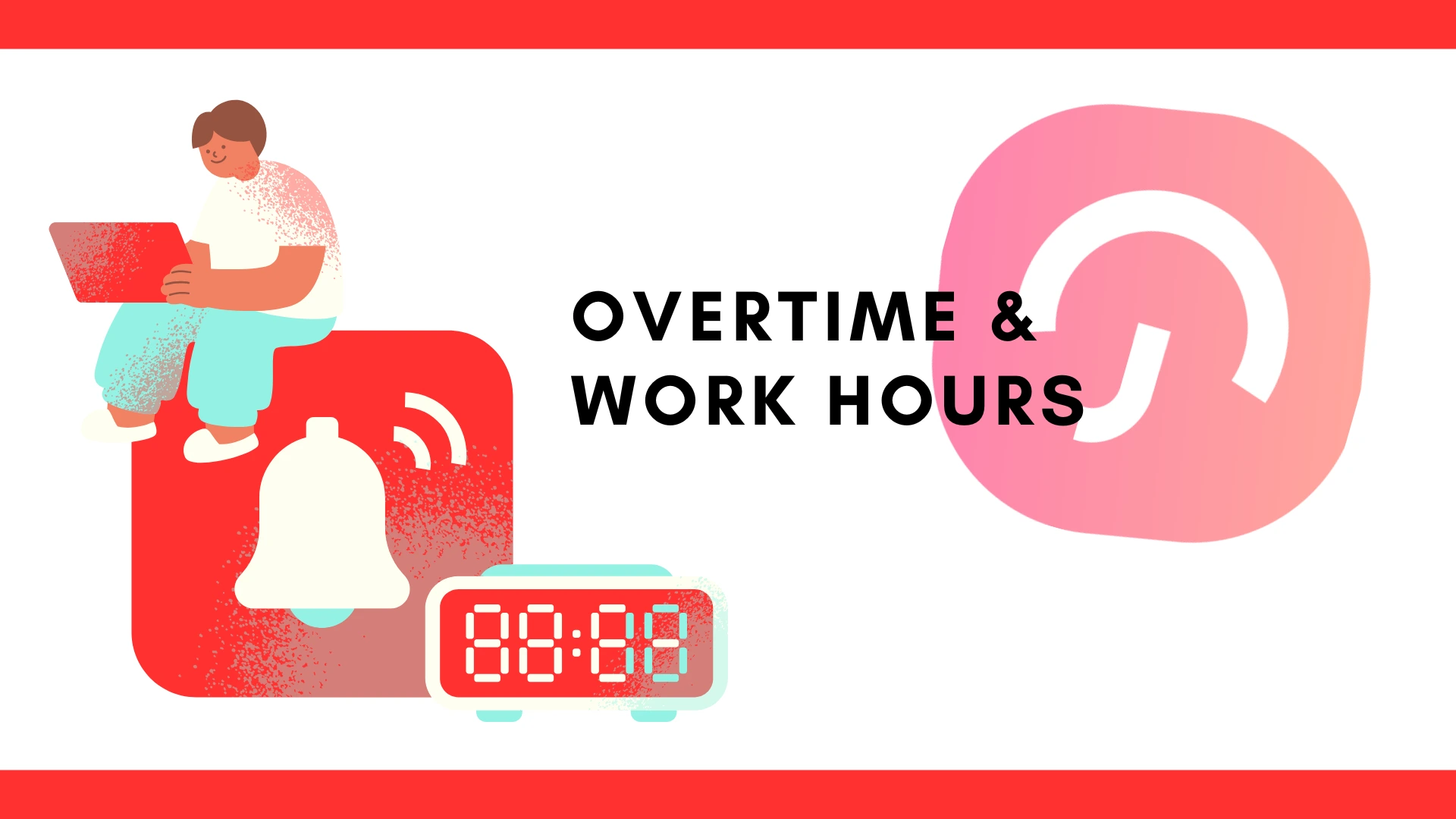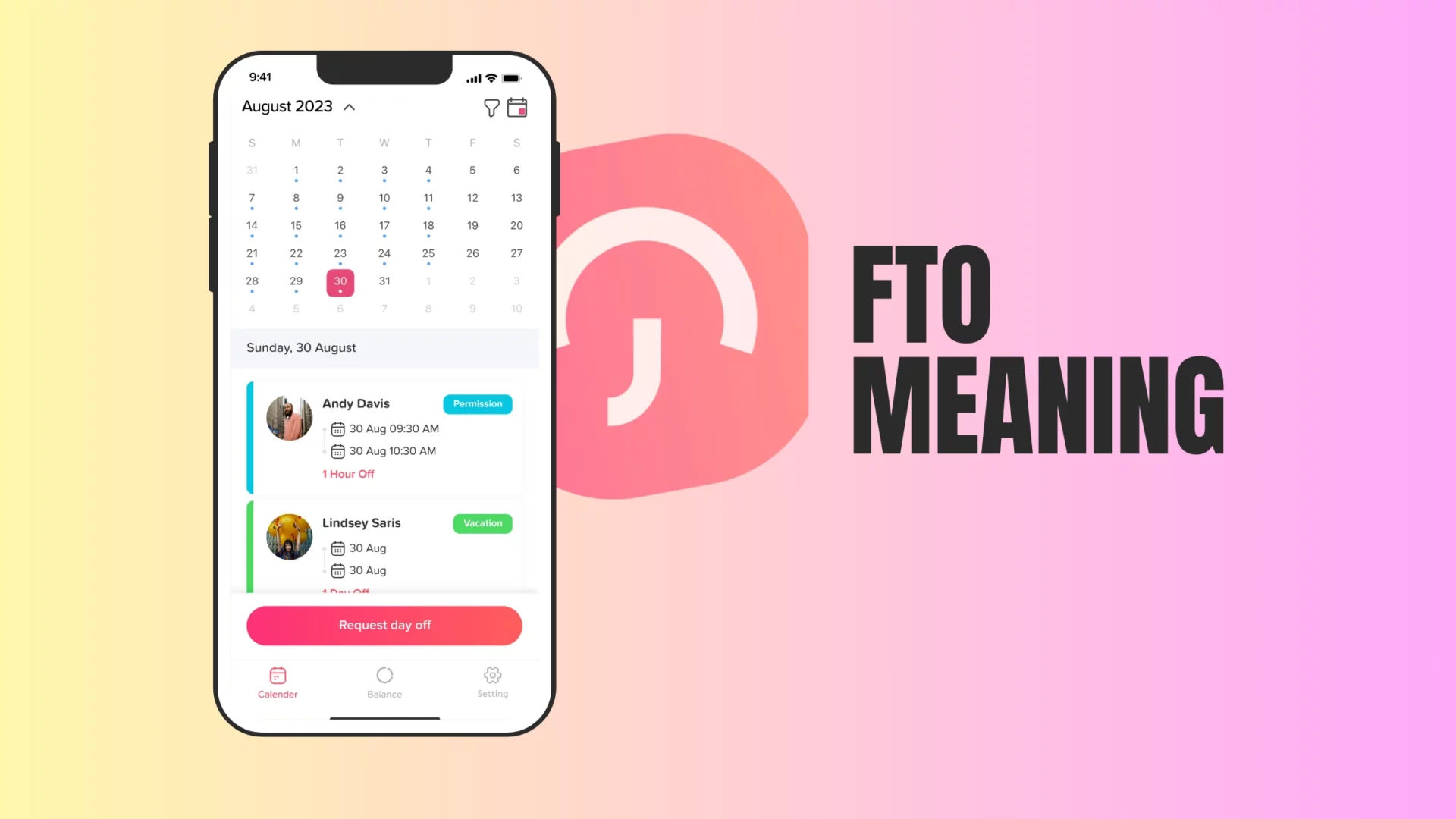Managing employee leave is one of HR’s most important responsibilities. But not all leave is the same, and understanding the difference between scheduled leave and unscheduled leave is essential for maintaining productivity, fairness, and smooth operations.
Understanding the causes, patterns, and management techniques for each type of leave helps HR maintain organizational balance, support employees, and ensure compliance. This article offers a detailed breakdown of both leave types, practical HR strategies, and how modern tools like Day Off help streamline the process.
What Is Scheduled Leave?
Scheduled leave is time off that employees plan in advance.
Employees submit a request, managers review it, and HR approves it before the employee takes time off.
Why Scheduled Leave Matters
Scheduled leave gives everyone time to prepare. It allows:
Teams to plan workload
Managers to arrange coverage
HR to ensure compliance
Employees to take time off without stress
The more notice employees give, the easier it is for HR and managers to organize work around their absence.
Examples of Scheduled Leave
Vacation or annual leave
Approved PTO (personal days, mental health days, etc.)
Parental leave
Planned medical procedures
Study or exam leave
Long term sabbaticals
Pre scheduled appointments
Company approved travel or events
Key Characteristics of Scheduled Leave
Requested ahead of time: often weeks or months early.
Predictable: teams know exactly when an employee will be off.
Easy to plan for: tasks can be reassigned or scheduled later.
Low operational risk: rarely causes unexpected disruptions.
How Scheduled Leave Helps HR
Reduces last minute stress
Keeps records accurate
Prevents conflicts between employees’ schedules
Makes workforce planning simple
Improves employee satisfaction and work life balance
Scheduled leave is a sign of a healthy, organized work environment.
What Is Unscheduled Leave?
Unscheduled leave is leave taken without prior notice. It usually happens because of emergencies or sudden events the employee cannot control.
Unlike scheduled leave, unscheduled leave often requires immediate decisions and fast adjustments, which makes it more challenging for HR and managers.
Examples of Unscheduled Leave
Sudden illness or injury
Family emergencies
Childcare issues
Bereavement
Unexpected medical appointments
Urgent personal matters
Transportation issues
Mental health emergencies
No call/no show (still counted as an unscheduled absence)
Key Characteristics of Unscheduled Leave
Little to no notice: often same day or last minute.
Hard to plan around: teams may need to adjust quickly.
Can disrupt workflow: deadlines and productivity may be affected.
Higher administrative effort: HR may need proof or follow up.
How Unscheduled Leave Affects HR
Creates sudden staffing gaps
Forces teams to redistribute tasks on short notice
May increase overtime expenses
Can impact employee morale
Requires more detailed tracking and documentation
Unscheduled leave is sometimes unavoidable but too much of it can become a pattern HR needs to address.
Scheduled vs Unscheduled Leave: Clear Comparison
| Factor | Scheduled Leave | Unscheduled Leave |
|---|---|---|
| Notice given | Yes, in advance | Little or none |
| Planning difficulty | Easy | Hard |
| Effect on workflow | Predictable | Disruptive |
| Managerial impact | Low | High |
| Documentation | Standard | May require proof |
| Cost impact | Low | Can be high (overtime, delays) |
| Employee well being | Encourages balance | May indicate stress or burnout |
| Operational risk | Low | Higher |
How Scheduled and Unscheduled Leave Affect the Workplace
Productivity
Scheduled leave: Managers can organize workflows ahead of time.
Unscheduled leave: Tasks may be delayed or reassigned unexpectedly.
Team Morale
Frequent last minute absences can:
Increase pressure on co-workers
Lead to resentment
Reduce team stability
Scheduled leave helps avoid these issues.
Project Deadlines
Unscheduled leave affects:
Deliveries
Meetings
Client commitments
Team performance
Scheduled leave lets managers prepare alternative plans.
HR Administrative Load
Scheduled leave is easy to track and document.
Unscheduled leave requires more monitoring, explanations, and potential compliance work.
Financial Impact
Unscheduled leave can lead to:
Overtime costs
Temporary replacements
Delayed output
Scheduled leave rarely increases expenses.
How HR Can Manage Scheduled Leave And Unscheduled
Centralizes All Leave Information
Instead of chasing messages across chat, email, and spreadsheets, HR gets:
One dashboard showing every employee’s leave status
Clear differentiation between scheduled and unscheduled leave
Instant updates when requests are submitted or approved
This removes ambiguity and ensures everyone is looking at the same accurate information.
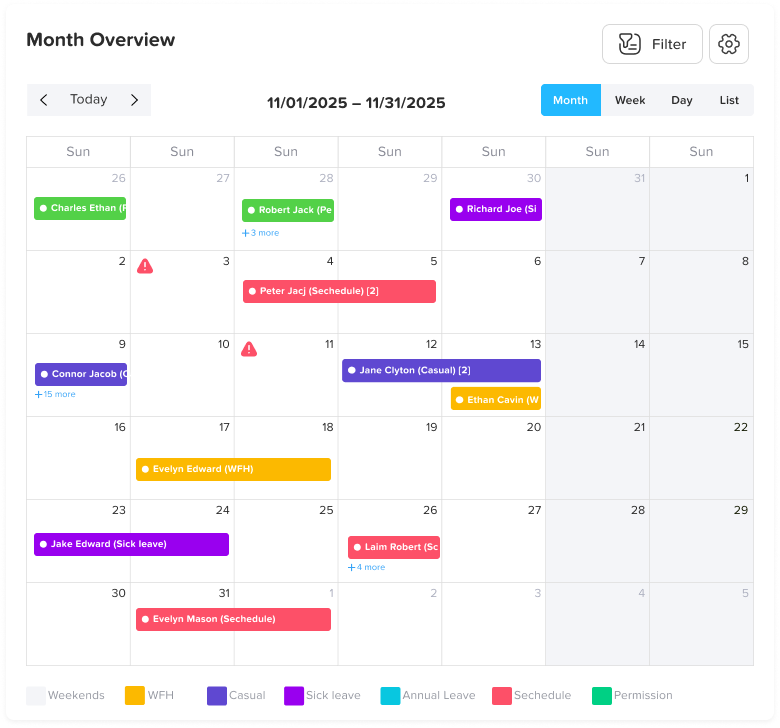
Prevents Scheduling Conflicts
The system automatically checks for:
Overlapping leaves
Team shortages
Critical role absences
HR and managers can see who’s already off before approving new requests, eliminating confusion caused by double booking or unexpected gaps.
HR can add blockout were they can limit the number of employees will be on Time off per day.
Automates Requests and Approvals
Whether scheduled or last minute, every leave request follows a consistent workflow:
Employee submits the request
Manager gets notified instantly
HR sees approvals or declines in real time
No lost emails, no unclear statuses the system documents every step.
Keeps Leave Balances Accurate
The system automatically updates:
PTO balances
Sick leave
Vacation days
Carryover
Accruals
Employees can check their own balance anytime, reducing confusion and reducing the number of last minute leave requests caused by uncertainty.
Simplifies Unscheduled Leave Handling
When an emergency or sudden absence occurs:
Employees can submit unscheduled leave instantly, can be auto approved.
HR receives immediate alerts
Documentation (ex: doctor notes) can be attached
The system logs the reason and time of submission
This makes tracking, reporting, and follow up much easier.
Ensures Consistent Leave Policies
A leave management system automatically applies:
Notice period rules
Approval workflows
Accrual settings
Documentation requirements
Everyone follows the same process, which reduces disputes and confusion across departments.
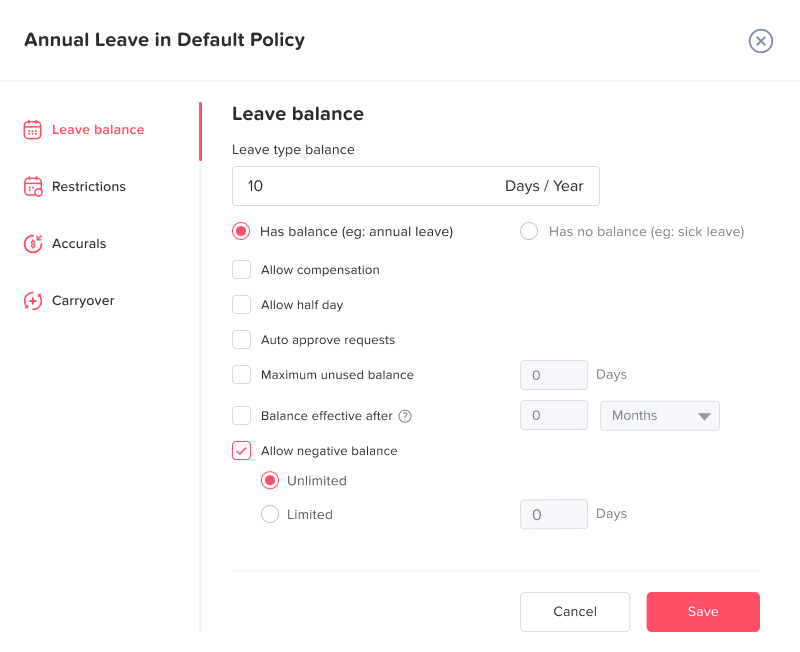
Provides Clear Reporting and Insights
HR can easily identify:
High levels of unscheduled leave
Absence patterns
Employees at risk of burnout
Departments with staffing issues
These insights help HR make better decisions and improve planning.
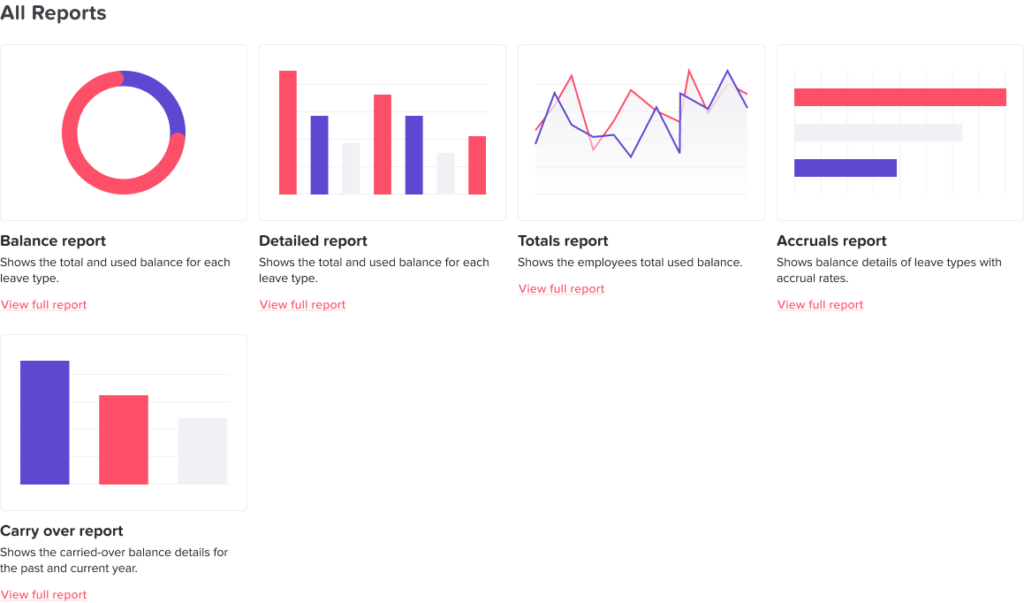
How HR Reduce Unscheduled Leave
Encourage Employees to Plan Their Leave Early
HR can:
Send reminders to plan vacations
Offer a yearly or quarterly leave overview
Educate employees about workload balancing
If employees schedule their leave early, teams avoid conflicts and surprises.
Promote a Healthy Work Environment
A supportive culture reduces burnout related absences.
HR can support this by:
Encouraging breaks and time off
Monitoring workload
Training managers to identify stress
Providing mental health resources
Improve Communication Between Managers and Employees
Employees should feel comfortable asking for leave.
Poor communication leads to hesitation and hesitation turns into unplanned leave.
Track Absence Patterns
HR should regularly review:
How often employees take unscheduled leave
Which departments face the most issues
Whether certain days or periods show more absences
This helps identify:
Burnout
Personal challenges
Policy misuse
Teamwork issues
FAQ
What is the main difference between scheduled and unscheduled leave?
Scheduled leave is planned in advance and approved ahead of time, while unscheduled leave happens without prior notice due to emergencies or sudden events.
Why is scheduled leave easier for HR to manage?
Scheduled leave allows HR to plan staffing, approve workflows, and distribute workloads ahead of time, reducing disruptions and administrative effort.
What are the most common reasons for unscheduled leave?
Sudden illness, family emergencies, childcare issues, urgent appointments, or unexpected personal matters are typical causes of unscheduled leave.
Can companies limit how much unscheduled leave employees take?
Yes, HR can set policies on documentation requirements, notice periods, and maximum allowed unscheduled days, as long as policies follow labor laws.
Is unscheduled leave always a sign of poor employee behavior?
Not necessarily. It can be caused by genuine emergencies or health issues. Patterns of frequent unscheduled leave, however, may indicate burnout, stress, or workload problems.
How can HR reduce the amount of unscheduled leave?
Clear policies, transparent leave balances, better communication, early vacation planning, and wellness initiatives help reduce last minute absences.
Should employees provide proof for unscheduled leave?
Some companies require documentation (such as a doctor’s note) depending on the reason, duration, and internal policy.
Do scheduled and unscheduled leaves affect payroll differently?
They can. Scheduled leave is typically pre approved and easy to apply, while unscheduled leave may require special coding or verification before payroll processing.
Can unscheduled leave turn into scheduled leave later?
Yes. If the employee informs HR early enough or if the situation becomes predictable (like recurring medical appointments), future absences can be pre scheduled.
How does a leave management system help HR handle both leave types?
It centralizes requests, automates approvals, prevents conflicts, updates balances instantly, and provides clear records reducing confusion around both scheduled and unscheduled leave.
Conclusion
Both scheduled and unscheduled leave play important roles in the workplace.
Scheduled leave supports stability, planning, and fairness, while unscheduled leave helps employees handle sudden emergencies.
However, too much unscheduled leave can disrupt productivity and put pressure on teams. That’s why HR needs clear policies, supportive communication, and the right tools.
With a modern system like Day Off, companies can simplify leave tracking, reduce confusion, improve transparency, and create a healthier work environment where employees plan ahead and take time off responsibly.
